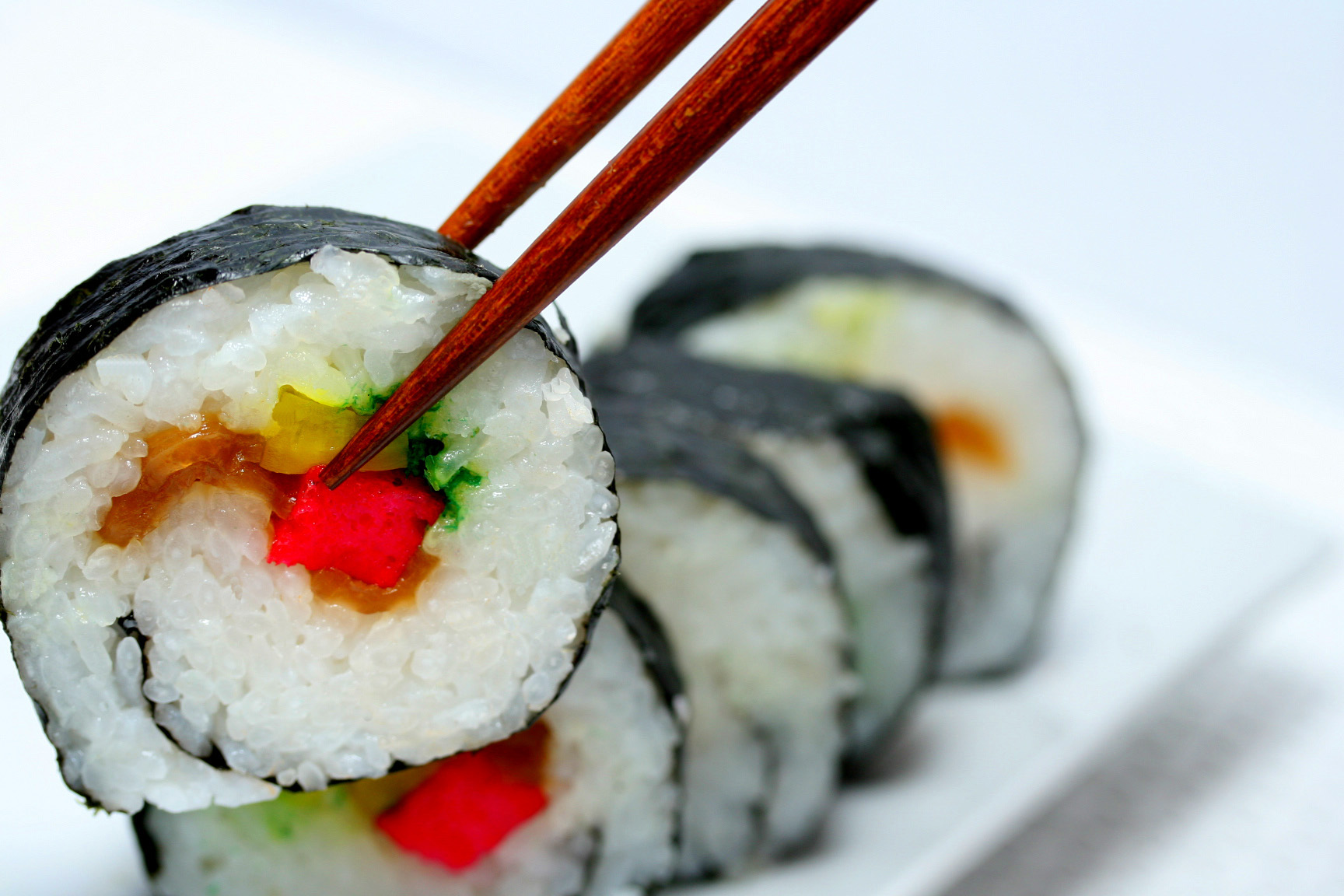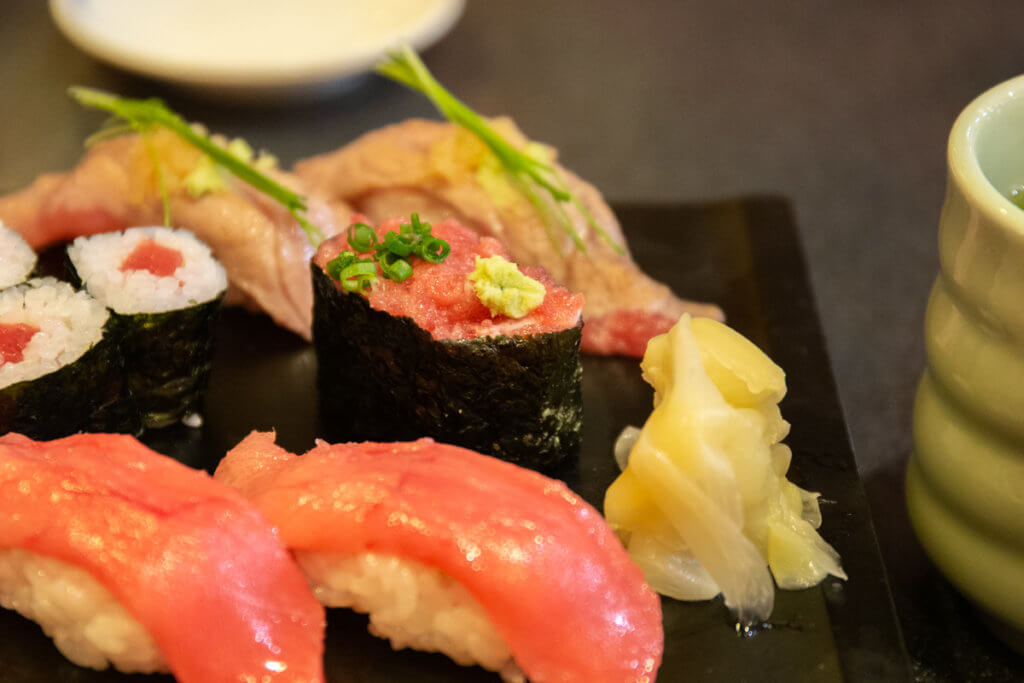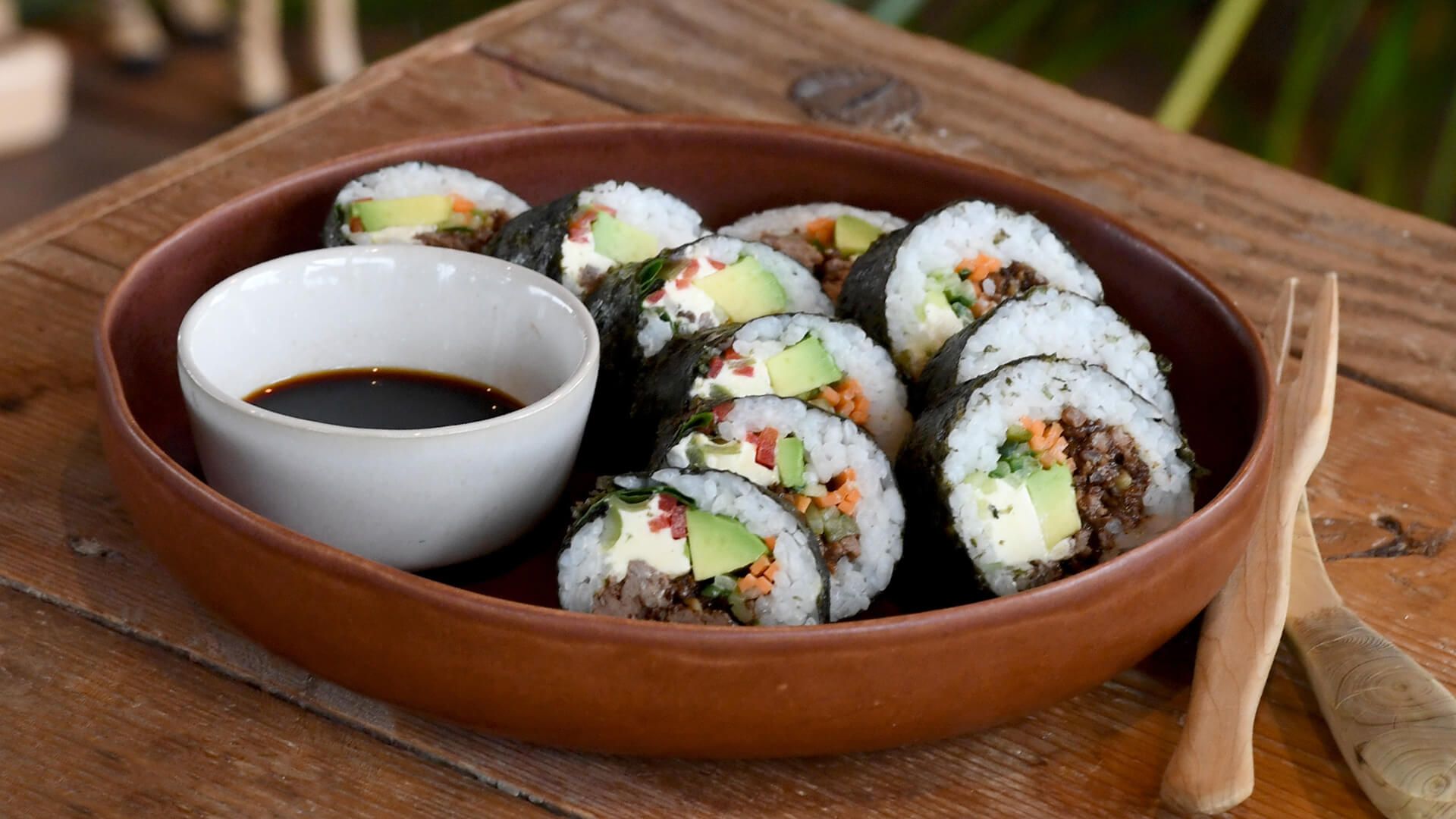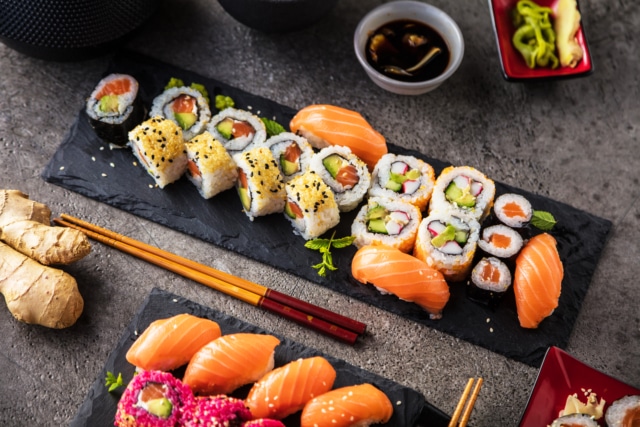The Ultimate Sushi Rice Recipe: Your Guide to Perfect Sushi Every Time
Written By James Morgan
The secret to delectable sushi lies in the perfect **sushi rice recipe**. This detailed guide will walk you through every step of the process, from selecting the right type of rice to the final seasoning, ensuring you achieve that authentic Japanese flavor in your sushi. Whether you're a novice or an experienced chef, you'll find valuable tips and tricks in this guide to make your sushi truly stand out.

Why Sushi Rice Matters
Sushi rice, or shari, is the foundation of any great sushi dish. The flavor, texture, and consistency of the rice can make or break your sushi. Using the right sushi rice recipe can elevate your meal from average to outstanding. Traditional sushi rice is seasoned with a precise mixture of rice vinegar, sugar, and salt, lending it a slightly sticky texture perfect for forming sushi rolls and nigiri.

Essential Ingredients
- 2 cups of Japonica short-grain rice
- 2 cups of water
- 1/2 cup rice vinegar
- 2 tablespoons sugar
- 1 tablespoon salt

Recommended Cookware
To ensure your rice is cooked to perfection, youll need the following cookware:

Cleaning Your Cookware
Maintaining your equipment is crucial for consistent results. Here are the recommended products:
For more amazing sushi recipes, visit this link.
Step-by-Step Sushi Rice Recipe
Step 1: Washing the Rice
Begin by measuring out 2 cups of Japonica short-grain rice. Place the rice in a strainer and rinse it under cold water until the water runs clear. This step removes excess starch, ensuring your sushi rice is not too sticky. Your goal is to wash away the starch while preserving the quality of the grains.
Step 2: Soaking the Rice
After washing, transfer the rice to a bowl and cover it with 2 cups of water. Let it soak for at least 30 minutes. Soaking allows the rice to absorb water and ensures even cooking. This step is crucial for achieving the ideal texture for sushi rice, balancing softness and integrity.
Step 3: Cooking the Rice
Using a Rice Cooker provides the best results. Transfer the soaked rice and water to the rice cooker and set it to the 'white rice' setting. If you don't have a rice cooker, you can cook it on the stovetop by placing the rice and water in a heavy-bottomed pot. Bring it to a boil, reduce the heat to low, cover, and simmer for 18-20 minutes. Let it steam for an additional 10 minutes off the heat to finish the cooking process.
Step 4: Preparing the Seasoning
While the rice is cooking, prepare the sushi vinegar by combining 1/2 cup of rice vinegar, 2 tablespoons of sugar, and 1 tablespoon of salt in a small saucepan. Heat the mixture over medium heat and stir until the sugar and salt have dissolved completely. Remove it from the heat and let it cool.
Step 5: Mixing the Rice and Vinegar
Once the rice is cooked, transfer it to a large, flat cutting board or wooden sushi oke bowl. Pour the vinegar mixture over the rice and gently fold it using a spatula or a paddle, ensuring each grain is coated. Use a slicing motion to prevent mashing the rice. Simultaneously, fan the rice to quickly cool it and give it a glossy finish.
Step 6: Letting the Rice Rest
Allow the seasoned rice to rest at room temperature, covered with a damp cloth, for about 20 minutes. This period helps the flavors meld together and lets the excess moisture evaporate.
Pro Tips for Perfect Sushi Rice
For sushi enthusiasts seeking perfection, remember that the type of rice, the quality of vinegar, and the precise balance of seasoning are key. Additionally, fanning the rice while mixing in the vinegar is an ancient technique that enhances the rice's texture and appearance. Experiment with different brands of rice and vinegar to find the combination that works best for you.
Using Your Sushi Rice
Now that you've mastered the **sushi rice recipe**, it's time to put it to good use. You can create a variety of sushi dishes, from classic rolls to adventurous new dinner ideas. Additionally, using the properly seasoned sushi rice can illuminate other dishes such as sushi bowls or even as a base for poke bowls. This versatility allows you to enjoy the fruits of your labor in numerous ways beyond traditional sushi.
Additional Resources
For more comprehensive guides on Japanese cuisine, you might find this collection of sushi recipes useful. Also, explore more culinary techniques and tools to enhance your cooking at Tips on Cooking Squash and Chicken Thighs in Dutch Oven.
As an Amazon Associate, I earn from qualifying purchases.



